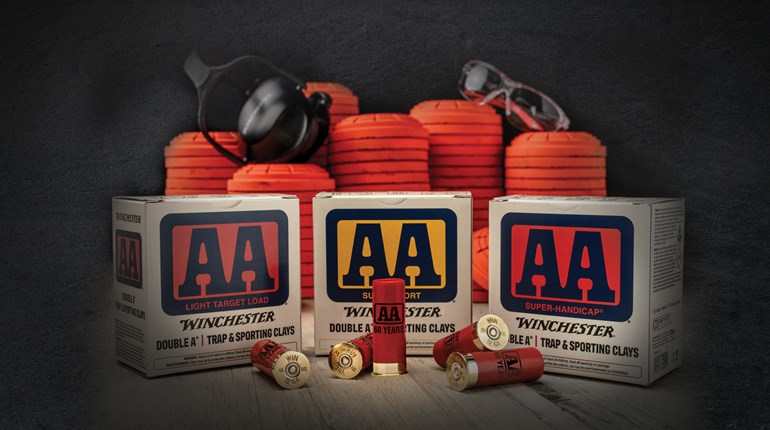
With the push of a button, the PACT Professional XP Chronograph will tell you the fastest and slowest shots fired within a string.
You may not know this, but a chronograph is a timer. By using photoelectric cells, the chronograph measures the time it takes a bullet to pass between two locations set a specific distance apart. It’s nothing more than a high-tech stopwatch. These cutting-edge timers—chronographs—have become the standard of ballistic measure. There is very little you can calculate about a bullet in flight if you do not know its velocity.
Because of this, it should not come as any surprise that a company making high-speed stopwatches builds one of the best chronographs available. In 1982, a shooter and graduate of the first handgun class taught at Gunsite designed a shot timer. It combined a microphone and a digital watch to record the time between shots fired. With this device, PACT was born—and it’s been making shot timers ever since. But, PACT also makes a chronograph. The current iteration of PACT’s Professional XP Chronograph has been around for eight years. It’s not new, but the things it can do might surprise you.
Providing the velocity of your shot is the primary function of any chronograph, but the engineers who designed PACT’s Professional XP included some other handy functions. For example, after each shot it automatically displays the velocity for that shot and the average velocity for all shots within that string. This gives you a quick snapshot of the load’s consistency, without a lot of button-pushing. However, with the push of other buttons, you can also see the fastest and slowest velocity, the extreme velocity spread, standard velocity deviation and the mean absolute velocity deviation (all up to that point within the current string,) which can contain as many as 20 shots.
Additionally, at any time you can press another button to review any previous string stored in memory. This is extremely handy when working up and comparing loads. If, during the review, you spot an erroneous velocity, you can press the delete key to clear it from memory. Then, when you next review the string, all the statistics will be recalculated, without the erroneous data. Another neat aspect of the review process is the ability to add shots to a string. This is incredibly handy when you realize you did not fire enough shots or possibly did not fire every test round with which you were working.
Anyone who spends any time shooting over a chronograph will appreciate these features, but that’s not all this little gizmo can do. It also calculates trajectory and wind drift. You simply enter all the pertinent information such as atmospheric conditions, elevation, sight height and the bullet’s ballistic coefficient. Then, the smartness inside this little box spits out the results. It will also compute a maximum point-blank range based on target size or provide data for zeroing at a specific range. When doing so, it provides the correct zero offset at 100 yards, using the average velocity of the shot string you selected. There’s even a bullet library.
Another feature allows you to print any of the aforementioned data right onto a roller tape. You can even unplug it, take it home or inside, and it will retain all of the data collected. If your brain can only work in multiples of 10, the unit can be switched to the metric mode. If your shoulder is numb and you want to know how hard a particular load has been pounding you, it will calculate recoil. If you do not trust the ballistic coefficient (BC) numbers supplied by the manufacturer, the unit can—with the help of another chronograph—compute the BC for you.
That’s a lot of functionality for a single device that costs way less than your smartphone. These functions clearly support the $229.95 suggested retail price, but what if you’re like me and often shoot indoors? Then you probably already know chronographs need help from lighted screens inside. Instead of lighted screens, PACT uses reflectors on the standard screens and infrared lights in the sensors. This feature costs an extra $40, but is well worth the investment. I’ve used my PACT chronograph inside and out, in a variety of light sources to include fluorescent. After more than 1,000 shots I’ve only had two read errors.
Finally, the PACT XP Professional will calculate the IPSC Power Factor, kinetic energy, Taylor “Knock Out” Value and momentum for a single shot or any shot string. The sky screens also work with its MKIV XP shot timer, which is also a chronograph.
It comes with a 30-day money-back guarantee and the PACT Limited Lifetime Warranty, and I’m wondering why it took me so long to get one. You should be wondering the same thing.




































